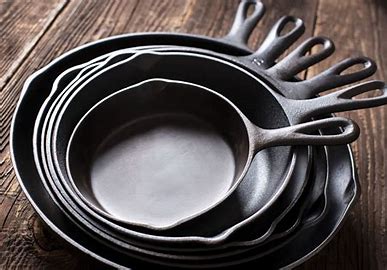Determining What Size Cast Iron Pan To Purchase
With so many shapes & sizes to choose from, there are several factors to consider prior to making the first purchase.
CAST IRON CORNER
Cecily Cole-Jones
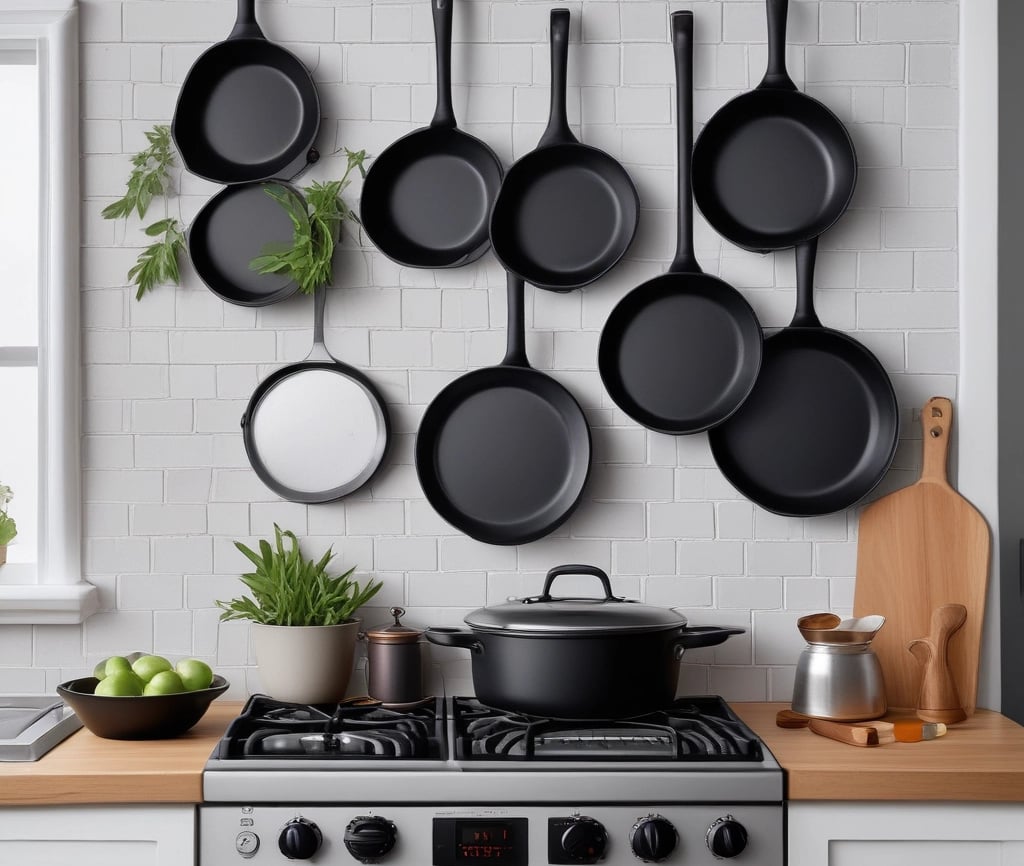

A Round 10.25-inch skillet is recommended as a starter pan. It'll be big enough to cook almost any recipe. However, if you have a larger family or simply follow the logic that it's better to have more space than less, a 12-inch cast iron pan is also nice to have on hand.
Traditional Round
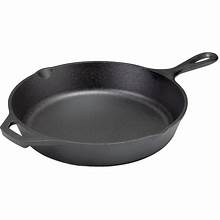

Specialty Shapes
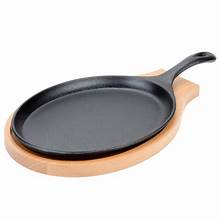

Square pans or skillets are perfect for omelets, sausages, and veggies. Also a good option for baking.
Oval-shaped pans offer great versatility for roasting whole chickens or fish fillets, The design allows for even heat distribution.
Rectangular Grill/Griddle Pans: These pans are fantastic for grilling meats, making panini sandwiches. and the ridges create those beautiful grill marks!

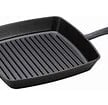
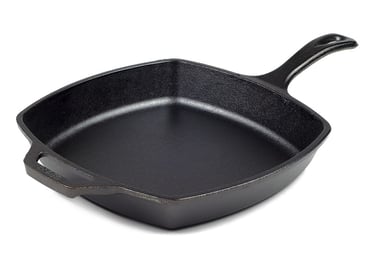

Dutch Ovens
Dutch Ovens come two ways, seasoned raw and coated enamel. The main distinction that sets enameled and raw cast iron Dutch ovens apart is the pot’s finish & the price tag. All Dutch ovens are made from cast iron and are great conductors of heat.
French Ovens (technically what an enamel cast iron is called) have a smooth glass-like coating inside & out. It’s non-porous which is easy to clean. They come in beautiful colors & can be used to cook practically anything. They aren’t recommended for an open flame or grill. But the traditional raw seasoned Dutch ovens tend to be a little heavier but can be used on any heat source.
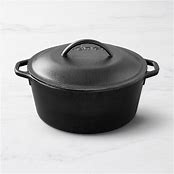

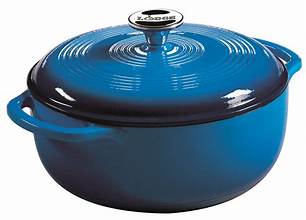

Selecting your first piece of cast iron cookware can be an exciting step in your cooking journey! Here are some tips to help you choose wisely:
Start with a Skillet: A 10 to 12-inch cast iron skillet is versatile and ideal for a variety of cooking methods such as frying, baking, searing, and sautéing. It's a great introduction to cast iron cookware.
Check for Pre-Seasoned: Look for a piece that comes pre-seasoned. This means it has been treated with vegetable oil and baked at a high temperature, creating a non-stick coating. It saves you the hassle of doing it yourself initially.
Weight and Handle: Cast iron is heavy, but it should feel comfortable in your hands. Make sure the handle is sturdy and easy to grip. Some pieces have a helper handle on the opposite side to make lifting easier.
Quality: Check for an even, smooth surface without any rough patches or pitting. High-quality cast iron will heat evenly and last longer.
Brand Reputation: Consider reputable brands like Lodge, Le Creuset, or Staub. They are known for their durability and performance.
Care and Maintenance: Make sure you're ready to commit to the care routine. Cast iron needs to be cleaned and seasoned regularly to maintain its non-stick surface and prevent rust.
Here are some common shapes to look for when beginning your cast iron cookware journey
